Optimal Timing for Wooden Gate Installations

Spring offers moderate temperatures and longer daylight hours, ideal for outdoor projects like wooden gate installations.

Summer provides warm weather and ample sunlight, which can facilitate quicker installation processes.
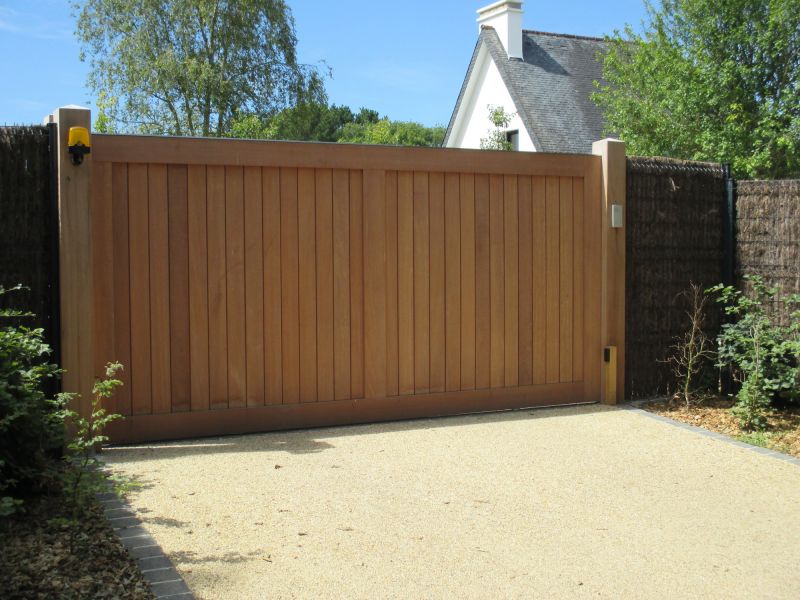
Autumn's cooler temperatures reduce the risk of warping and allow for proper curing of wood after installation.

Ways to make Wooden Gate Installations work in tight or awkward layouts.
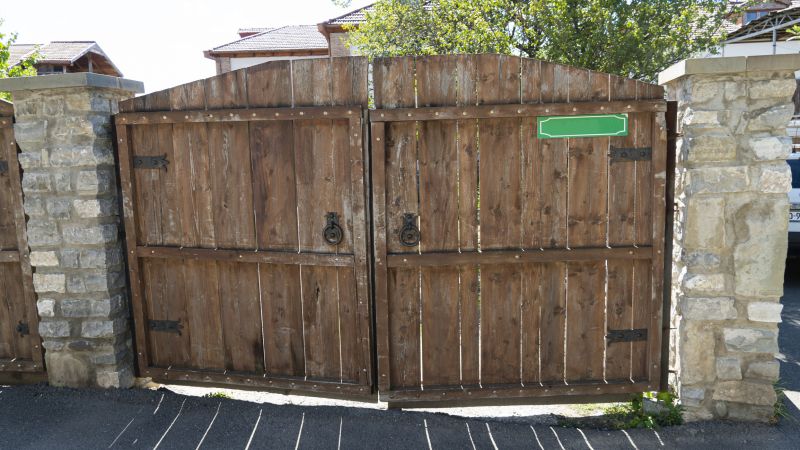
Popular materials for Wooden Gate Installations and why they hold up over time.
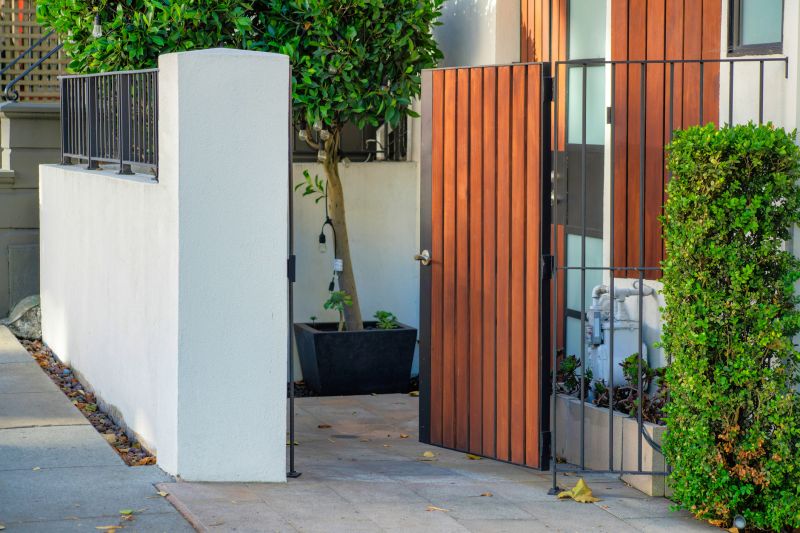
Simple add-ons that improve Wooden Gate Installations without blowing the budget.

High-end options that actually feel worth it for Wooden Gate Installations.
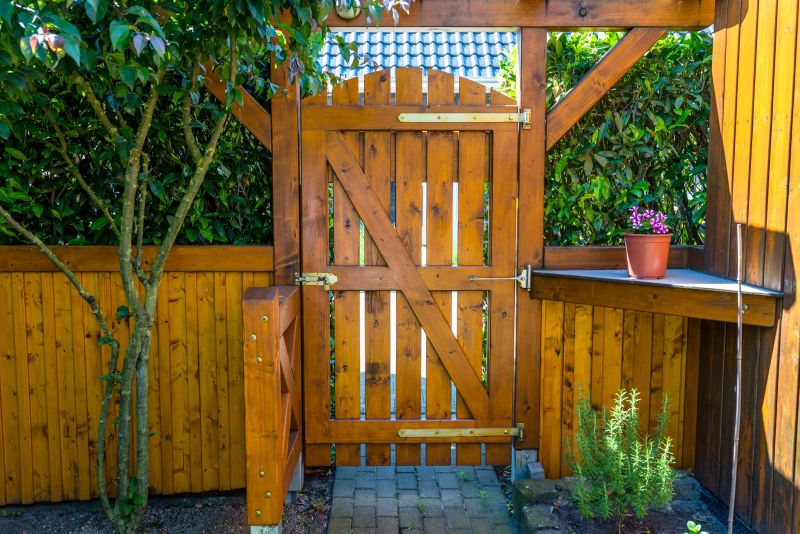
Finishes and colors that play nicely with Wooden Gate Installations.
Wooden gate installations are a popular choice for enhancing property security and aesthetic appeal. Proper timing can influence the durability and quality of the installation. Factors such as temperature, humidity, and weather conditions play crucial roles in determining the optimal period for installing wooden gates.
Statistics indicate that installations performed during moderate weather conditions tend to result in fewer delays and higher-quality outcomes. For example, installing during spring or autumn minimizes the risks associated with extreme heat or cold, which can cause wood to expand, contract, or warp. Planning installations during these periods can also reduce the likelihood of weather-related damage or delays.
Moderate temperatures and low humidity levels are ideal for wooden gate installation, ensuring proper wood expansion and contraction.
Avoid installation during heavy rain or snow, as moisture can affect wood quality and adhesion of fasteners.
Allow sufficient drying time after installation before exposing the gate to harsh weather conditions.
Spring and autumn typically offer the best balance of temperature and humidity for outdoor woodworking projects.
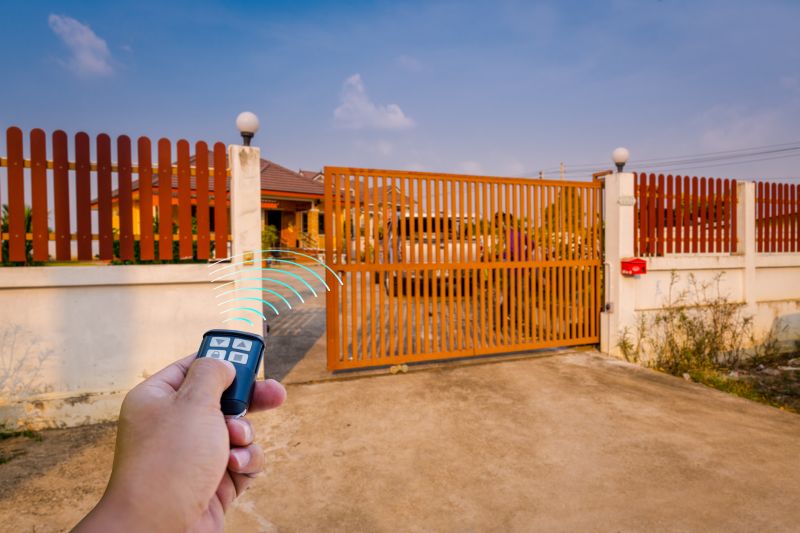
Spring's moderate weather supports optimal installation conditions.

Warm summer days can accelerate installation but require precautions against heat.

Cooler autumn temperatures help prevent wood warping during installation.
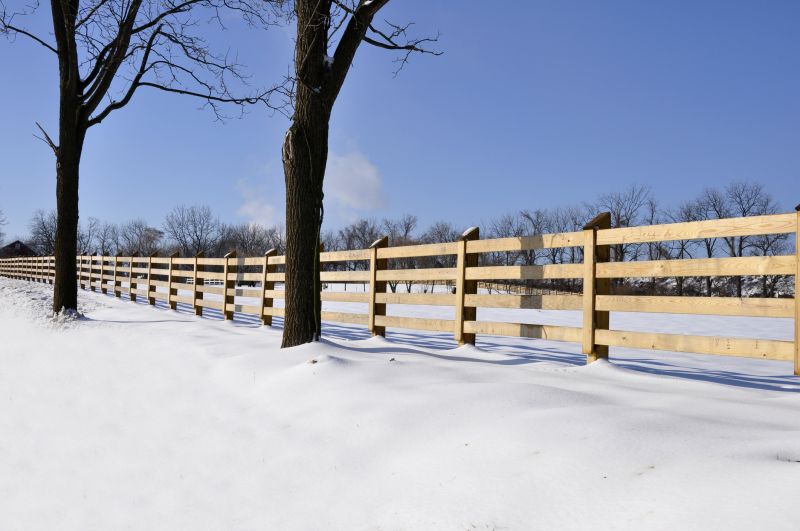
Winter is generally less suitable due to cold temperatures and moisture concerns.

Little measurements that prevent headaches on Wooden Gate Installations day.

A 60-second routine that keeps Wooden Gate Installations looking new.

A frequent mistake in Wooden Gate Installations and how to dodge it.
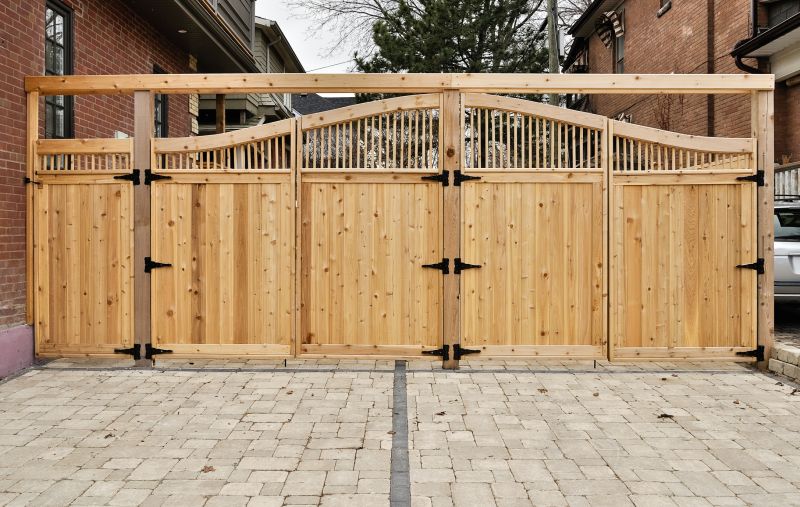
Small tweaks to make Wooden Gate Installations safer and easier to use.
| Season | Advantages |
|---|---|
| Spring | Moderate temperatures, longer days, ideal for installation. |
| Summer | Warm weather speeds up work, but caution needed for heat. |
| Autumn | Cooler temperatures reduce warping, good for curing. |
| Winter | Cold and moisture pose challenges, generally not recommended. |
Choosing the right time for wooden gate installation ensures longevity and optimal performance. Proper planning around seasonal weather patterns can lead to better results and fewer complications. Consulting with professionals can help identify the most suitable period based on local climate conditions.

Installation during spring benefits from favorable weather conditions.

Summer allows for quick work but requires protection from heat.

Autumn's cooler weather supports proper wood curing.
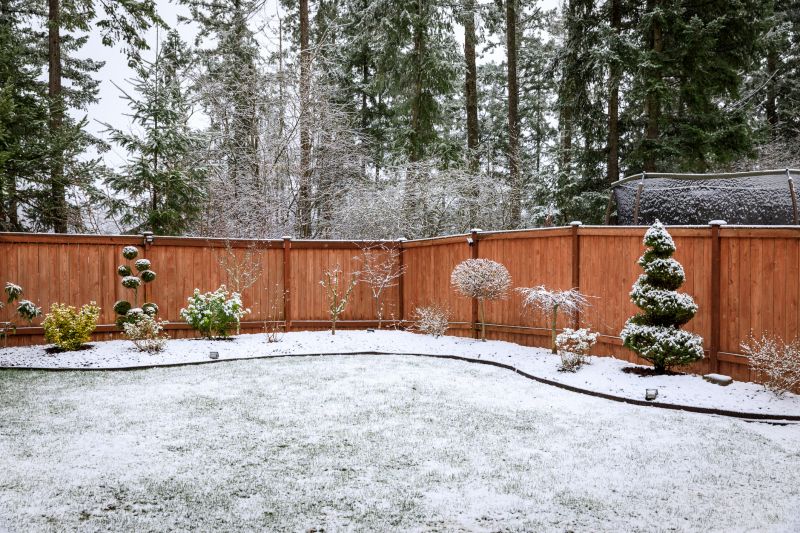
Winter's cold and moisture levels can hinder installation quality.
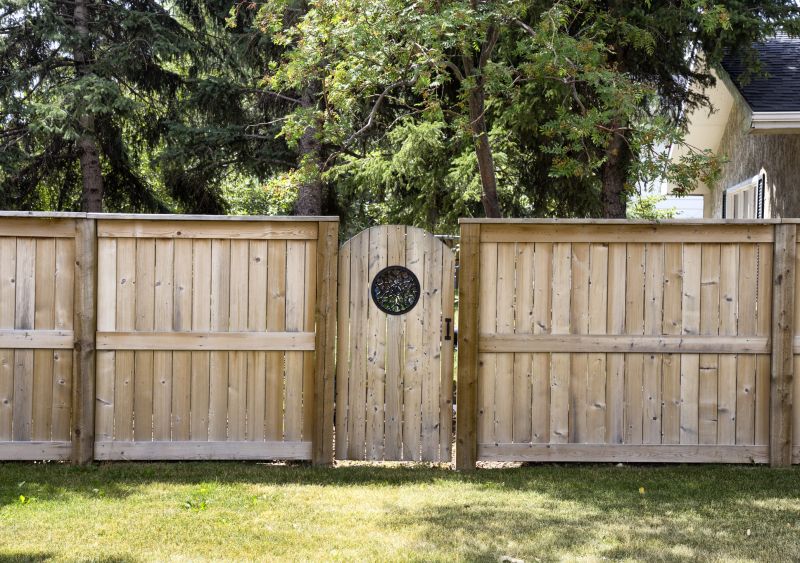
Lower-waste or water-saving choices for Wooden Gate Installations.
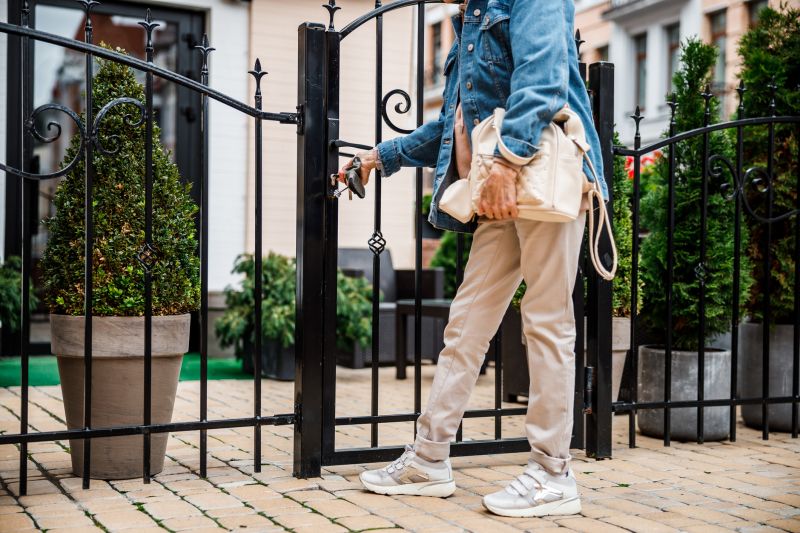
The short, realistic tool list for quality Wooden Gate Installations.
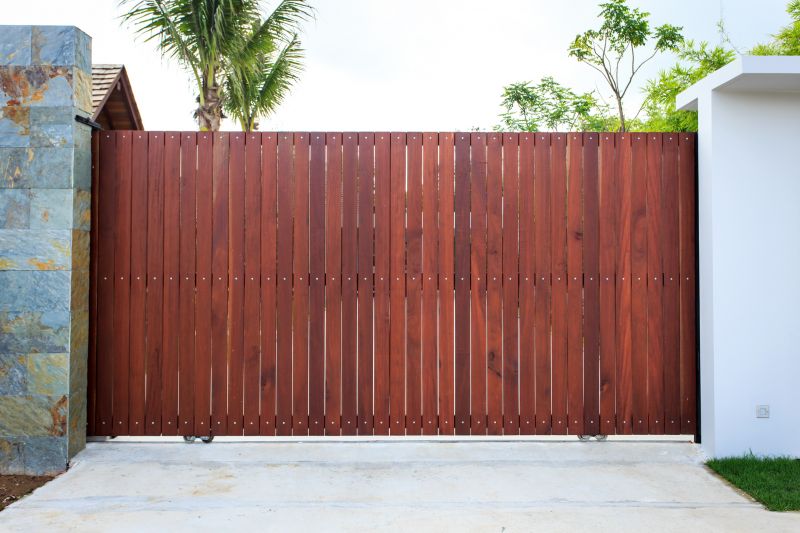
Rough timing from prep to clean-up for Wooden Gate Installations.
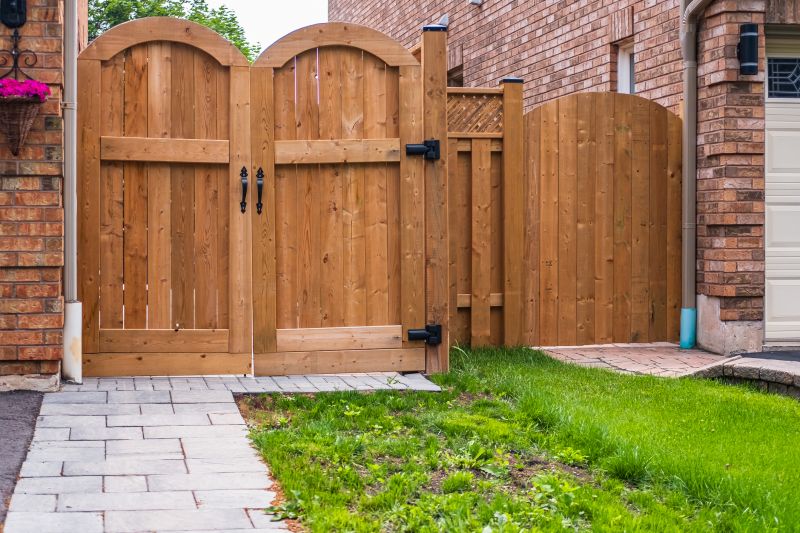
Quick checks and paperwork to keep after Wooden Gate Installations.
Interested in scheduling a wooden gate installation? Filling out the contact form provides the opportunity to discuss timing options and project specifics with experienced professionals.



